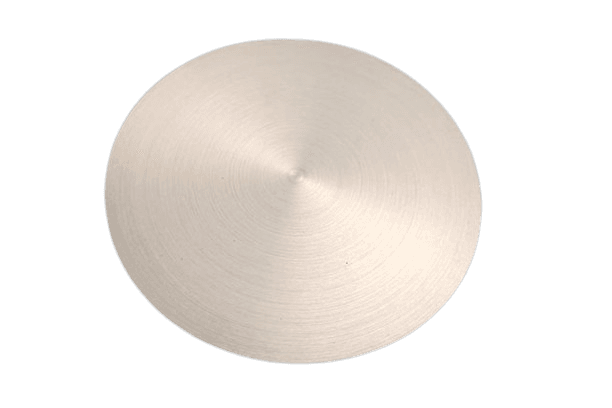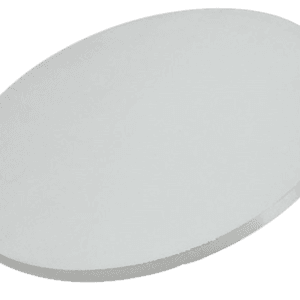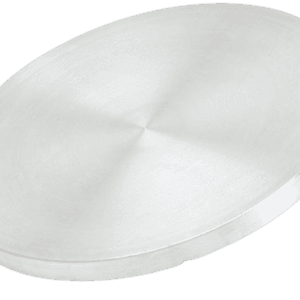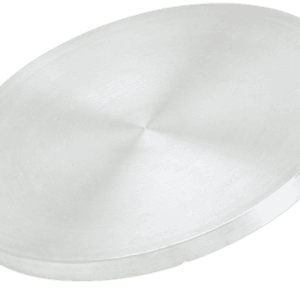Permalloy Sputtering Targets
Overview
Permalloy Sputtering Targets are high-performance targets made from a combination of nickel and iron, known for their excellent magnetic properties. With 99.9% purity, these targets are ideal for semiconductor manufacturing, CVD, and PVD applications, offering superior film quality and magnetic performance.
Specifications
- Purity: 99.9%
- Circular Targets: Diameter ≤ 14 inches, Thickness ≥ 1mm
- Block Targets: Length ≤ 32 inches, Width ≤ 12 inches, Thickness ≥ 1mm
Note: Ferromagnetic materials like Permalloy require special consideration regarding configuration and thickness. High-strength magnets or thinner targets may be necessary. Bonding these materials can present challenges due to the increased distance from magnets. Please consult your magnetron sputter cathode supplier or reference your equipment manual for more details.
Applications
- Semiconductor Manufacturing
- Chemical Vapor Deposition (CVD)
- Physical Vapor Deposition (PVD)
Key Features
- Competitive Pricing: Cost-effective without compromising on quality.
- High Purity: 99.9% purity ensures superior thin-film deposition performance.
- Grain Refinement: Engineered microstructure for optimal material properties.
- Semiconductor Grade: Meets industry standards for high-precision applications.
Manufacturing Process
- Refining: Achieved through a three-layer electrolytic process to ensure optimal purity.
- Melting and Casting: Semi-continuous casting with an electrical resistance furnace.
- Grain Refinement: Thermomechanical treatment for enhanced material properties.
- Cleaning and Packaging: Cleaned for vacuum use and protected from environmental contaminants during shipment.
Available Options
- Purity: 99.9% minimum purity.
- Smaller Sizes: Available for research and development (R&D) applications.
- Sputtering Target Bonding: Custom bonding services available for specialized needs.
For more information or to inquire about Permalloy Sputtering Targets, please contact us today.


 MSDS File
MSDS File



Reviews
There are no reviews yet.